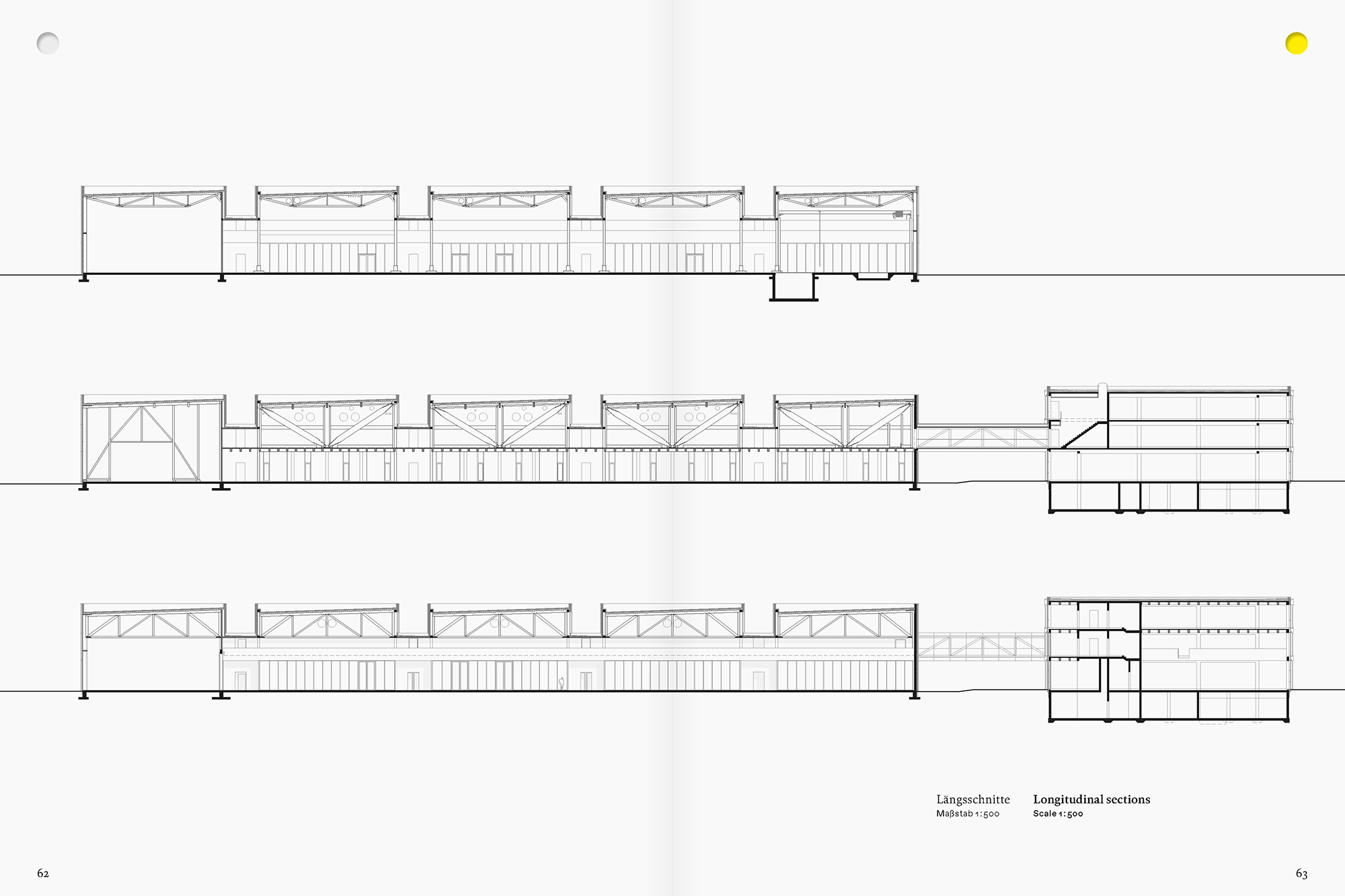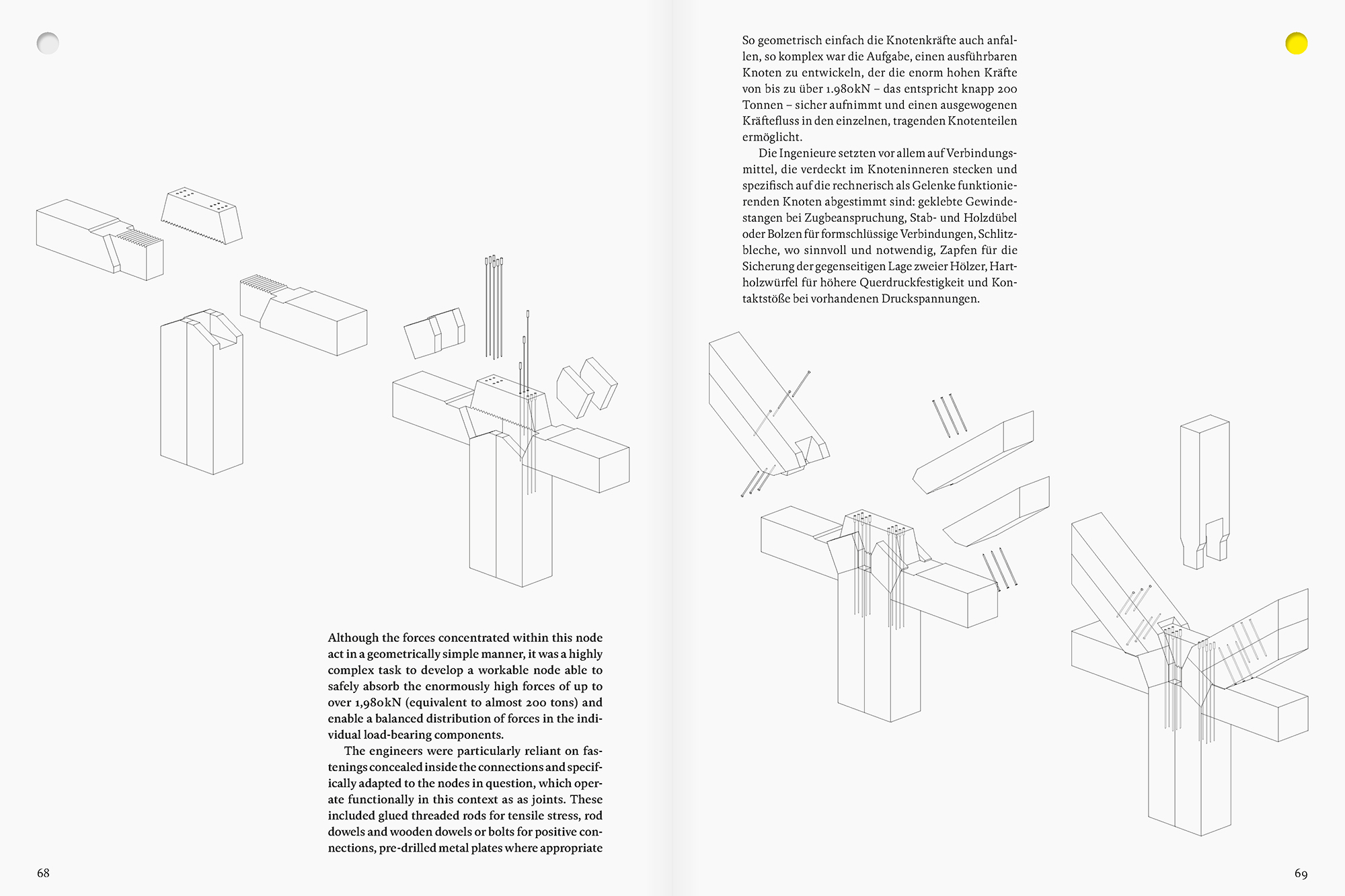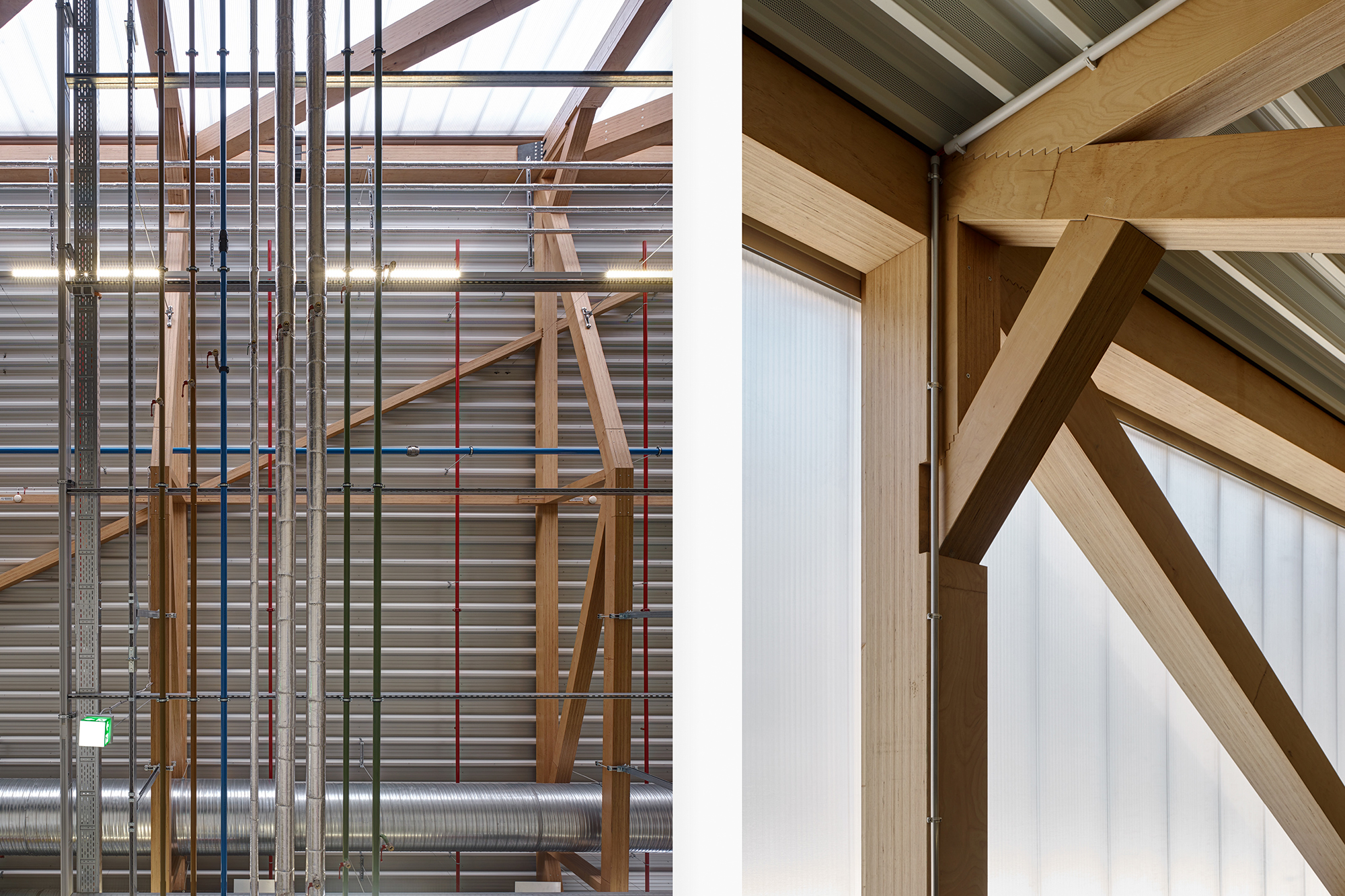Building with Hardwood: Hermann Kaufmann on the Challenges and Potential

Foto: Hermann Kaufmann
What potential does hardwood have as a building material?
It is a resource that is currently used primarily in fibre production and the chemical industry. For the most part, it is converted into energy: that is, it is burnt.
Hardwood is still not used enough as a building material. Beech trees grow in large numbers in our forests; in fact, they are the second most common tree species. However, in world architecture history, there is not one example of a hardwood construction of beech. However, new material developments such as beechwood veneer timber have shown a way that even this type of wood can be employed in wooden constructions. In certain places, spruce trees are dying out due to climate change. This makes building with hardwood an important future strategy for exploiting alternative resources. At this time, in a research project we are exploring the possibilities of adding hardwood to the interstitial layers of cross-laminated timber panels. That would represent a breakthrough in establishing the use of larger amounts of hardwood in the construction industry. We have to follow the right paths to make the most of new resources and prevent the wood-building boom from leading to the overexploitation of our forests.
What are the structural advantages of hardwood?
Fundamentally, hardwood has a great degree of compressive strength, even transverse to the fibre direction. This has structural advantages for load-bearing building elements and makes it possible to dramatically reduce the number of fasteners in friction-locked connections. Frameworks in particular can benefit, for hardwood frameworks are economically interesting and can be as slender as steel. Because it is hard, hardwood is more difficult to process − in some cases we don’t even have the tools yet − but this is sure to change. When it comes to individual types of hardwood, we have to pay attention to their moisture tolerance. Beechwood swells very quickly in damp conditions, and long-term wetness must absolutely be avoided, for the wood will quickly start to swell. This indicates that we must prefabricate more than before if we want to build weatherproof structures.
Hermann Kaufmann
has advanced timber construction like hardly any other architect. Born into a carpenter family from the forested state of Vorarlberg, Austria, he studied in Innsbruck and Vienna and launched HK Architekten in Schwarzach in 1983, going on to design numerous pioneering timber structures in Europe and beyond. He has taught in Austria, Liechtenstein, and Germany, most recently as Professor of Design and Timber Construction at the Technical University of Munich. He is a driving force behind several research initiatives, exhibitions, and seminal books on timber construction.
Eine ausführliche Print-Dokumentation finden Sie in unserer Ausgabe DETAIL 6/2021 mit dem Themenschwerpunkt “xxxx“.



















